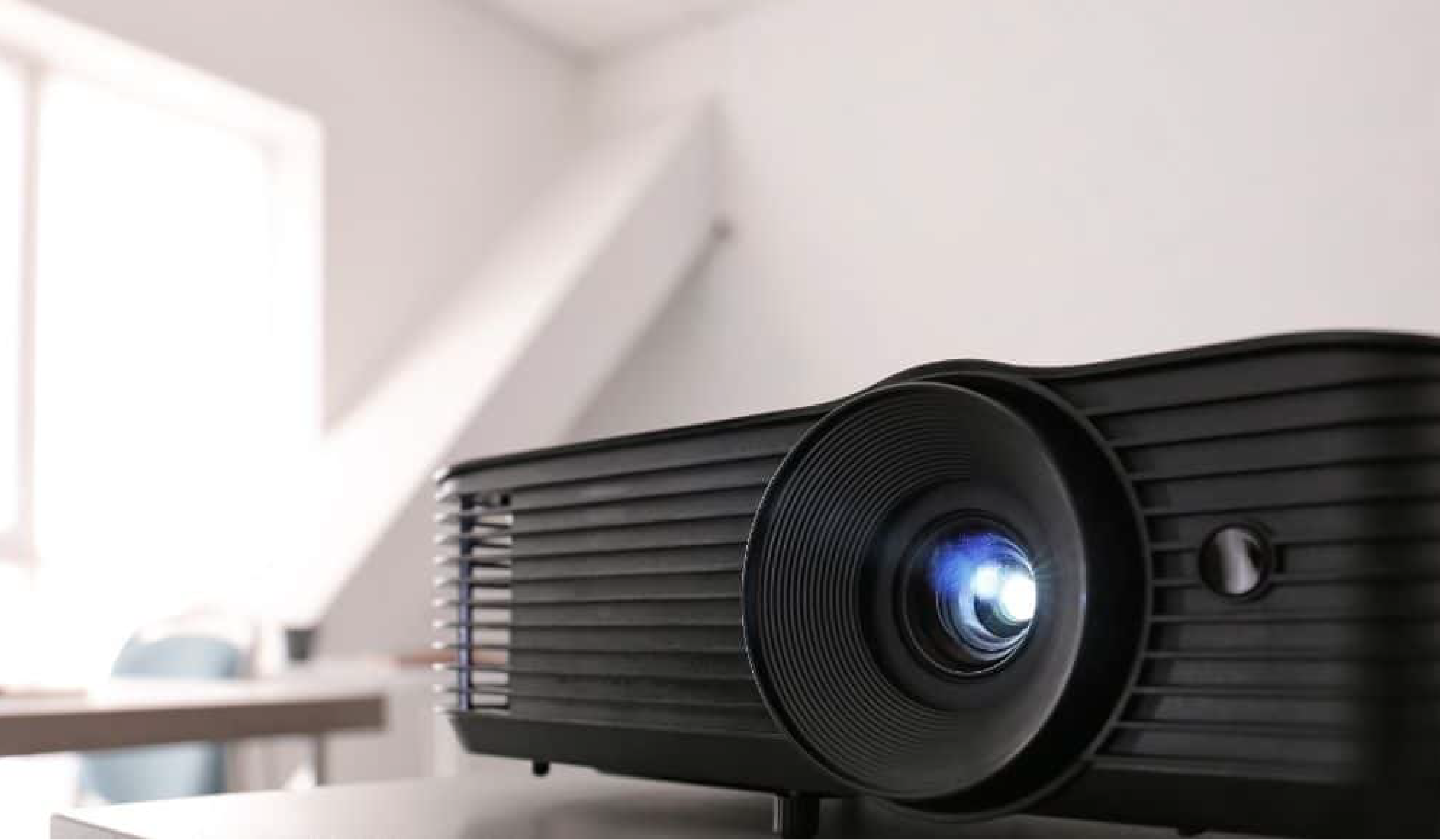
Projector lamps are one of the most important components of any projector. They provide the light necessary for the projector to display images on a screen. Without a projector lamp, the projector would be unable to do its job. Here’s what happens when a projector lamp gets old, and what you should do.
However, projector lamps are not designed to last forever. Like all other light sources, projector lamps eventually wear out and must be replaced. When a projector lamp gets old, it is essential to understand what can happen and how to prevent any damage to the projector.
Importance of Projector Lamps
– Essential component for displaying images
– Provide light for the projector to function
Signs of Projector Lamp Aging
– Image quality degradation
– Increased heat production
– Buzzing sound
– Flickering or unexpected shut-offs
– Complete projector malfunction
Preventive Measures
1. Monitor Lamp Life
– Most lamps last around 2000 hours
– Replace before reaching this point
2. Proper Projector Operation
– Avoid excessive heat and direct sunlight
– Ensure proper ventilation
– Avoid placing in enclosed spaces
3. Regular Cleaning
– Clean air filters and vents
– Clean projector lens
4. Proper Usage Pattern
– Avoid frequent power cycling
– Plan projector usage accordingly
5. Allow Proper Cool Down
– Wait a few minutes after turning off
– Allow cooling fans to dissipate heat
6. Use Genuine Replacement Lamps
– Ensure optimal compatibility and performance
– Avoid cheaper, third-party alternatives
First, the quality of the image projected by the projector will start to degrade. This is because the projector lamp no longer produces as much light as it did when it was new. The projector will also begin to produce more heat, as the old projector lamp cannot dissipate the heat as efficiently as a new one. This can lead to the projector overheating, which can cause damage to the internal components.Second, the projector may begin to produce a buzzing sound. This is because the projector lamp is no longer operating optimally. The sound is usually a sign that the projector lamp needs to be replaced.
Third, the projector may begin to flicker or shut off unexpectedly. This is because the projector lamp can no longer provide the same level of illumination it did when it was new. The projector will eventually shut off after a specific time due to the lack of light.
Finally, the projector may stop working altogether. This is because the projector lamp has become so old and worn out that it can no longer provide the light necessary for the projector to function. This is why replacing the projector lamp as soon as possible when it shows signs of wear and tear is crucial.
Monitoring the projector’s lamp life is important to prevent any of these problems. Most projector lamps are designed to last for around 2000 hours before they need to be replaced. It is best to replace the lamp before it reaches this point to ensure the projector can function correctly.
In addition to replacing the projector lamp when necessary, it is also essential to ensure that the projector is operated safely and correctly. This includes ensuring the projector is not exposed to excessive heat or direct sunlight. It is also essential to ensure that the projector is well-ventilated and not placed in an enclosed space, as this can lead to overheating and damage to the projector lamp.
Regular cleaning is crucial when it comes to maintaining your projector and prolonging the life of the projector lamp. Dust and debris can accumulate on the projector lamp, reducing light output and a higher risk of overheating. Make sure to clean the projector’s air filters and vents regularly, as well as the projector lens, to ensure optimal performance and extend the life of the lamp.
Another factor that can contribute to the longevity of your projector lamp is its usage pattern. It is recommended to avoid frequent power cycling, as turning the projector on and off repeatedly can shorten the lamp’s lifespan. Instead, minimize unnecessary power cycles by planning your projector usage accordingly.
Moreover, always allow the projector to cool down properly after each use. Turning off the projector and immediately unplugging it can cause damage to the lamp, as the cooling fans need some time to dissipate the heat generated during operation. Therefore, waiting a few minutes after turning off the projector before unplugging it or moving it to another location is essential.
Furthermore, using genuine replacement lamps for your specific projector model is essential. While it may be tempting to opt for cheaper, third-party lamps, these alternatives often have a shorter lifespan and may provide a different level of performance than genuine ones. Genuine replacement lamps are designed specifically for your projector model, ensuring optimal compatibility and performance. By investing in a genuine projector lamp, you can be confident that you are getting a high-quality product that will last longer and provide the best possible image quality.
Any projector owner must understand what happens when a projector lamp gets old. As the lamp ages, the quality of the projected image will begin to degrade, and the projector may produce more heat, eventually leading to overheating and damage to the internal components. You may also notice a buzzing sound, flickering, or random shut-offs as the lamp reaches the end of its lifespan. Finally, the projector may cease to function altogether due to the lamp’s inability to provide the necessary light.
To avoid these issues and ensure the longevity of your projector, it is crucial to monitor the lamp’s life and replace it when necessary. Most projector lamps have a lifespan of around 2000 hours, so plan for a replacement before reaching this threshold.